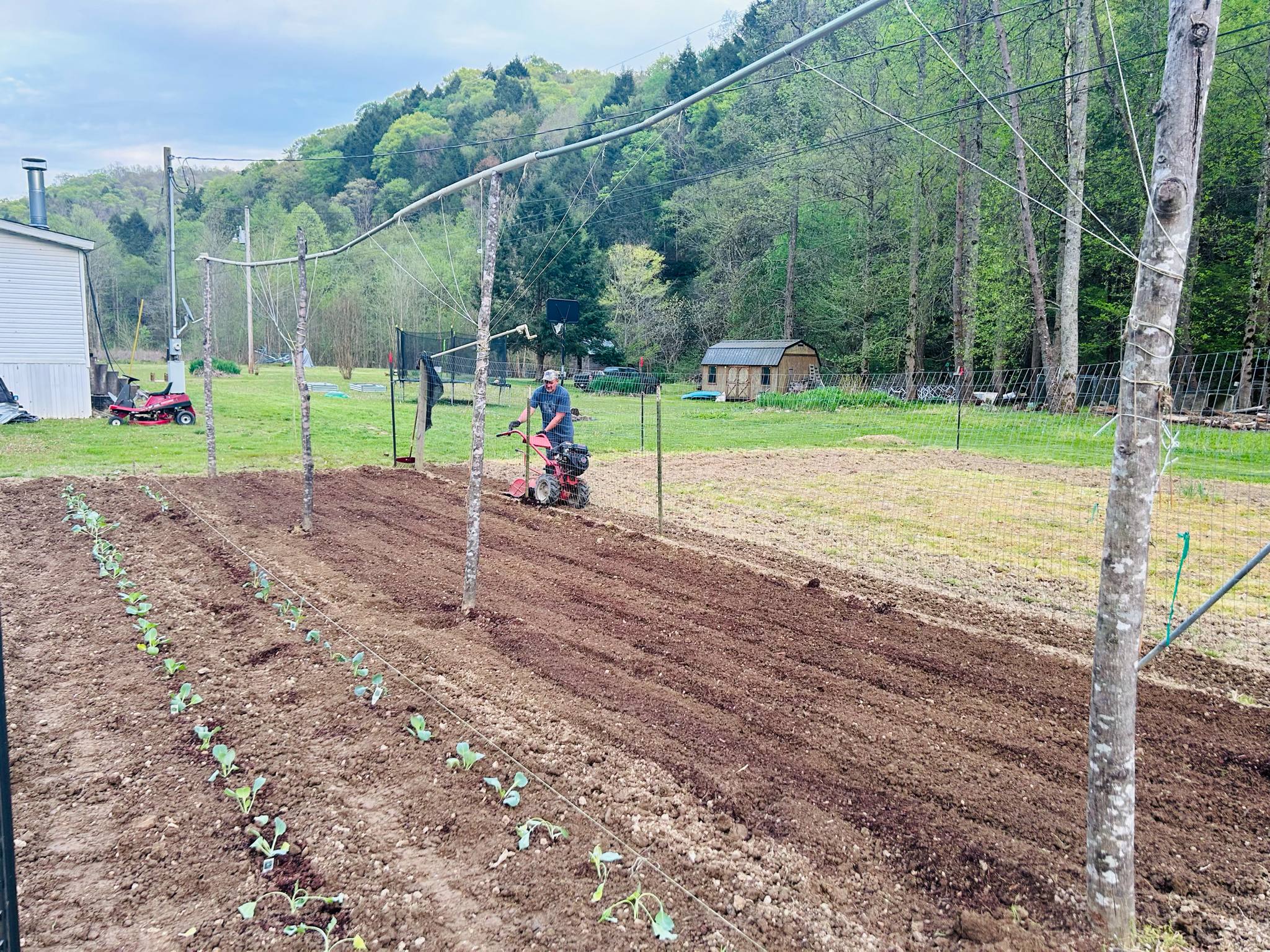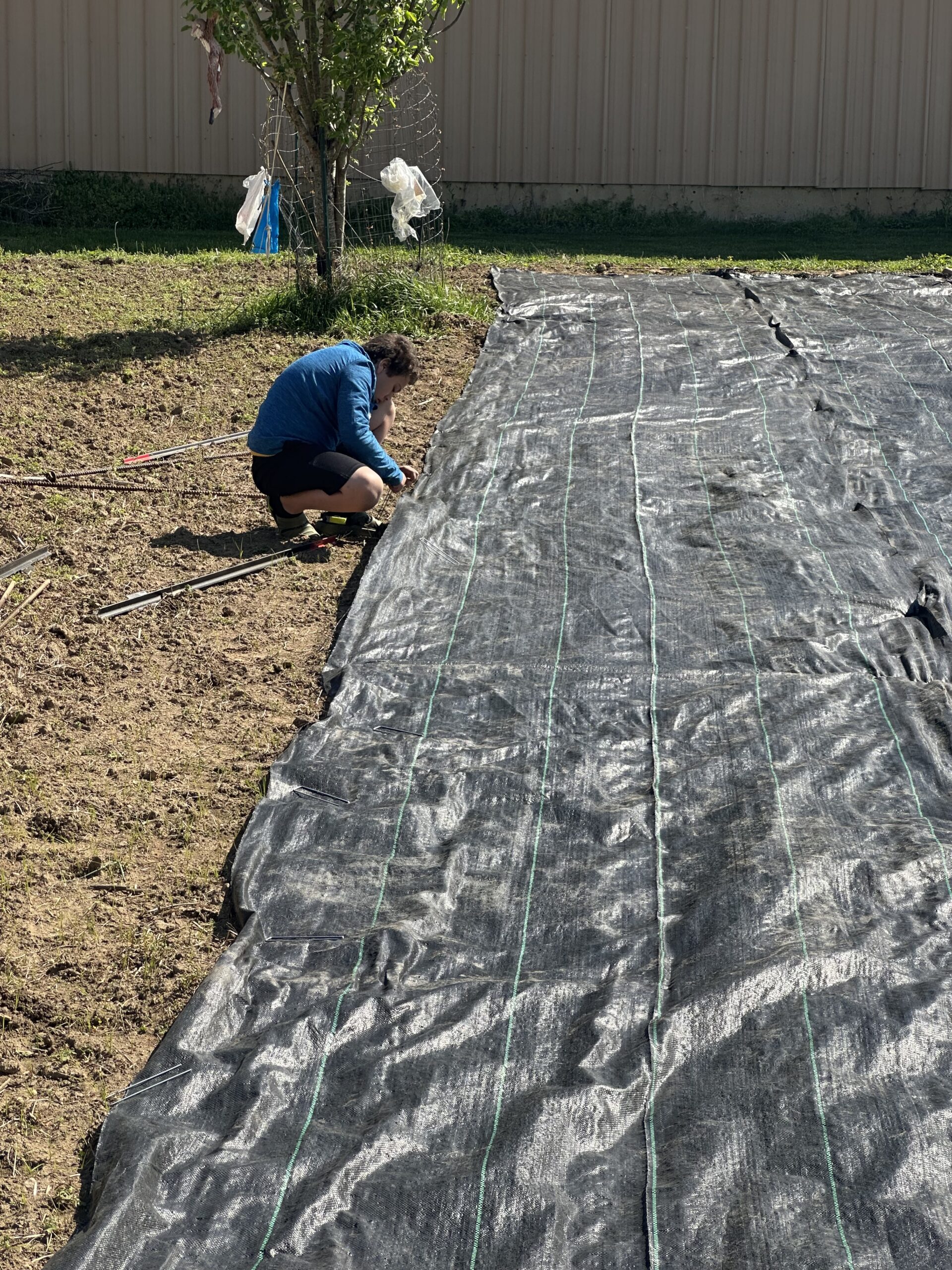Diving into the must-do’s each season to maintain a thriving vegetable garden in the Appalachian Region of Kentucky
Brought to you by; Kelton Adams Red Bird Mission’s Grow Appalachia Program Coordinator
Tending a garden in the Appalachian hills is more than a pastime—it’s a way of life. From the first warm day of spring to the final harvest before the frost sets in, each season brings its own blessings and its own chores. Whether you’re just starting out or you’ve had your hands in the dirt for decades, these top ten tips will help keep your garden healthy, hearty, and full of good eatin’ year after year.
1. Start Strong in the Spring: Prep That Soil
Before you drop a single seed, your soil needs some TLC. Test your soil for pH and nutrients—Appalachian soil tends to be acidic, so you may need a touch of lime. Work in compost, well-rotted manure, or leaf mold to get that soil rich and crumbly. Think of it as breakfast for your garden.
2. Watch the Weather Like a Hawk
Spring in Kentucky can be a fickle friend. One day it’s sunny, the next there’s frost on the ground. Keep an eye on the forecast, and don’t be too quick to plant your warm-season crops. Tomatoes, peppers, and beans need the soil to warm up—aim for mid to late May just to be safe.
3. Mulch Early, Mulch Often
Once your seedlings are in, lay down a good layer of mulch—straw, newspaper, or even grass clippings (as long as they haven’t been sprayed with chemicals). Mulch keeps weeds down, moisture in, and the soil temperature just right.
4. Stay Ahead of Weeds
Weeds grow faster than a creek after a storm if you’re not careful. Don’t let ’em get the upper hand. Hoe lightly around your plants every week, and pull out any big offenders by hand. Or even consider putting down a weed barrier. Your beans and ‘maters will thank you.
5. Feed Regularly—But Don’t Overdo It
Mid-season, your plants will be working hard. Give them a boost with a balanced fertilizer or compost tea. But go easy—too much nitrogen can make your plants leafy but lazy when it comes to making fruit.
6. Water Deep, Not Just Often
In the heat of summer, a shallow sprinkle won’t cut it. Water deeply a couple of times a week—early in the morning is best. That way, the roots grow deep and strong.
7. Keep an Eye Out for Critters
Aphids, cabbage worms, squash bugs—you name it, we’ve got ‘em. Check your plants regularly, pick off pests by hand, and use natural solutions like neem oil or diatomaceous earth when needed. A healthy garden is one you keep a close eye on.
8. Harvest Often and With Care
Once things start coming in, don’t let your veggies get overripe or rot on the vine. The more you pick, the more your plants produce.
9. Prep for Fall in Late Summer
As summer winds down, start thinking about your fall crops—turnips, collards, kale, and beets love the cooler temps. Get them in the ground by late August or early September, and they’ll keep you fed well into the chilly months.
10. Clean Up and Cover Up Before Winter
Once the season’s done, don’t just walk away. Clear out dead plants, pull stakes, and clean your tools. Add compost or cover crops to your beds to keep the soil rich and ready for spring. Your future self will be mighty grateful.
Final Thoughts
Gardening in the mountains isn’t just about growing food—it’s about growing community, self-reliance, and a deeper connection to this land we call home. With a little planning, a lot of love, and a good bit of sweat, your Appalachian garden can feed body and soul through every season.
So tie up those boots, grab your hoe, and get to growin’. These hills are alive with promise, and your garden’s just waiting to thrive.
Red Bird Mission’s Grow Appalachia Program is proud to support mountain families as they dig in and grow strong. Together, we’re sowing the seeds of health, hope, and heritage—one garden at a time. www.redbirdky.org




Leave A Comment